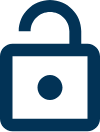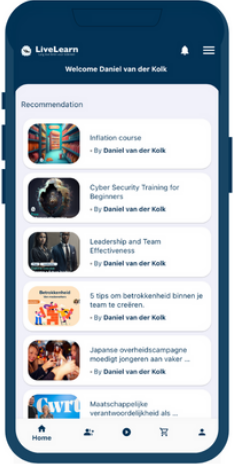
Artikel
12
januari
How Data Scientists Integrate ChatGPT for ML Development?
Empower ML development: Data scientists seamlessly integrate ChatGPT for advanced ML solutions
ChatGPT is a powerful language model developed by OpenAI that can generate natural and human-like responses to user inputs. It is based on the GPT-3.5 architecture, which uses deep learning algorithms to learn from a massive amount of textual data from various sources. ChatGPT can understand and generate text in multiple languages and can perform various tasks, such as answering questions, summarizing texts, creating content, and more.
But how can data scientists use ChatGPT for their machine learning (ML) development? In this article, we will explore some of the ways that ChatGPT can assist data scientists in different stages of their ML projects, such as data preprocessing, model training, hyperparameter tuning, and data analysis.
Data Preprocessing
Data preprocessing is an essential step in any ML project, as it involves preparing the data for the ML model. This may include tasks such as loading data, handling missing values, feature engineering, feature scaling, data transformation, data augmentation, and more.
ChatGPT for data science with data preprocessing by generating code snippets for common data science libraries, such as Python, NumPy, Pandas, and Scikit-learn. For example, data scientists can ask ChatGPT to generate code for loading a CSV file, filling missing values with the mean, or applying one-hot encoding to categorical variables. ChatGPT can also suggest data preprocessing techniques and data augmentation strategies to improve the quality and diversity of the data.
Model Training
Model training is the process of finding the optimal parameters for the ML model that can minimize the error and maximize the accuracy of the training data. This may involve choosing the right ML algorithm, defining the loss function, setting the learning rate, and iterating over the data until convergence.
ChatGPT can help data scientists with model training by generating code snippets for popular ML frameworks, such as TensorFlow, PyTorch, Keras, and Scikit-learn. For example, data scientists can ask ChatGPT to generate code for building a neural network, defining a custom loss function, or implementing a gradient descent algorithm. ChatGPT can also provide explanations and examples of different ML algorithms and concepts, such as linear regression, logistic regression, decision trees, support vector machines, and more.
Hyperparameter Tuning
Hyperparameter tuning is the process of finding the optimal values for the hyperparameters of the ML model that can maximize the performance of the validation data. Hyperparameters are the parameters that are not learned by the model but are set by the data scientist, such as the number of layers, the number of neurons, the activation function, the regularization term, and more.
ChatGPT can help data scientists with hyperparameter tuning by suggesting hyperparameter settings for different ML use cases and frameworks. For example, data scientists can ask ChatGPT to suggest hyperparameter values for a convolutional neural network, a random forest classifier, or a k-means clustering algorithm. ChatGPT can also provide tips and best practices for hyperparameter tuning, such as using cross-validation, grid search, random search, or Bayesian optimization.
Data Analysis
Data analysis is the process of exploring, visualizing, and interpreting the data and the results of the ML model. This may include tasks such as plotting graphs, calculating statistics, generating insights, and creating reports.
ChatGPT can help data scientists with data analysis by generating code snippets for data visualization libraries, such as Matplotlib, Seaborn, Plotly, and Bokeh. For example, data scientists can ask ChatGPT to generate code for plotting a histogram, a scatter plot, a box plot, or a heat map. ChatGPT can also generate insights from data, such as identifying trends, patterns, outliers, or correlations. ChatGPT can also generate reports and summaries of the data and the results, using natural language and markdown elements.
What's your reaction ?
Follow us on Social Media
Recent posts

November 22, 2024
Loonkosten 2025: hier kun je als werkgever op rekenen

November 20, 2024
Books Article

November 19, 2024
Hoe Aristoteles nu zorgt voor impactvolle communicatie

November 16, 2024
Loonkosten 2025: hier kun je als werkgever op rekenen

November 09, 2024
Dit betekent het regeerakkoord voor jou als ondernemer

 Inloggen
Inloggen
 Registreren
Registreren






Comments (0)
No reviews found
Add Comment